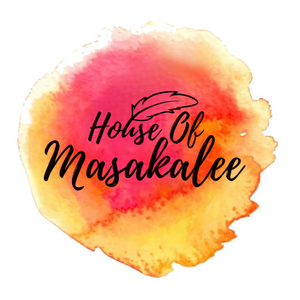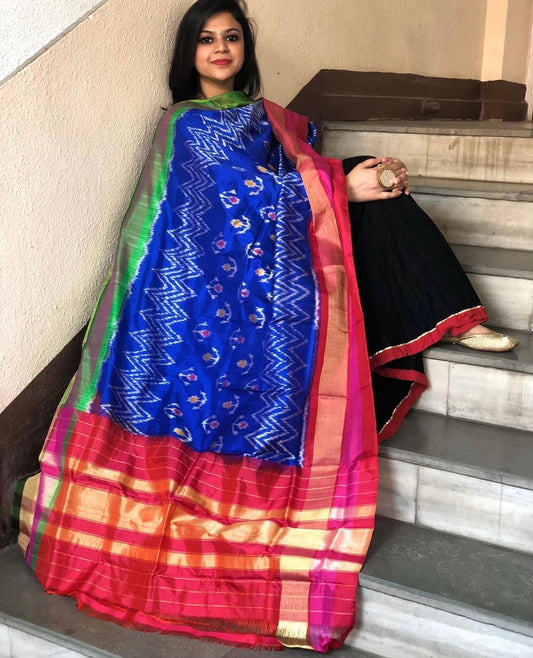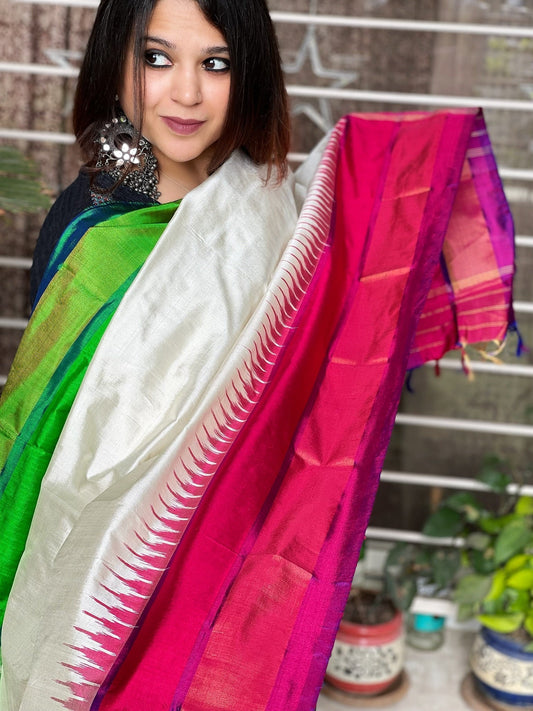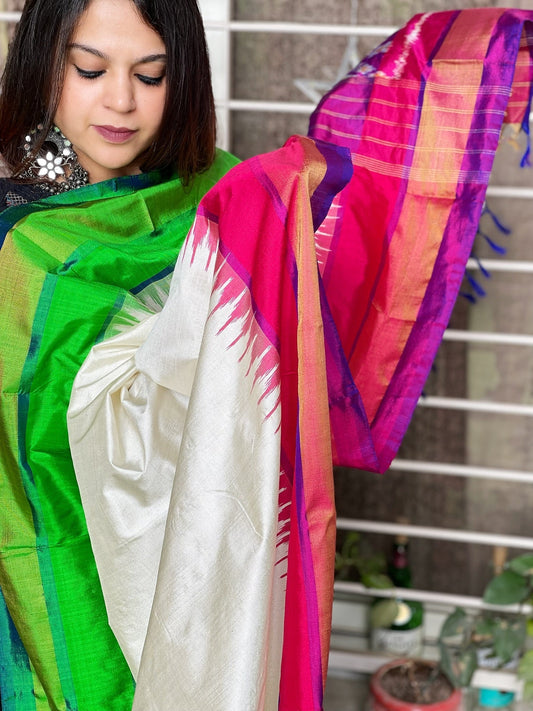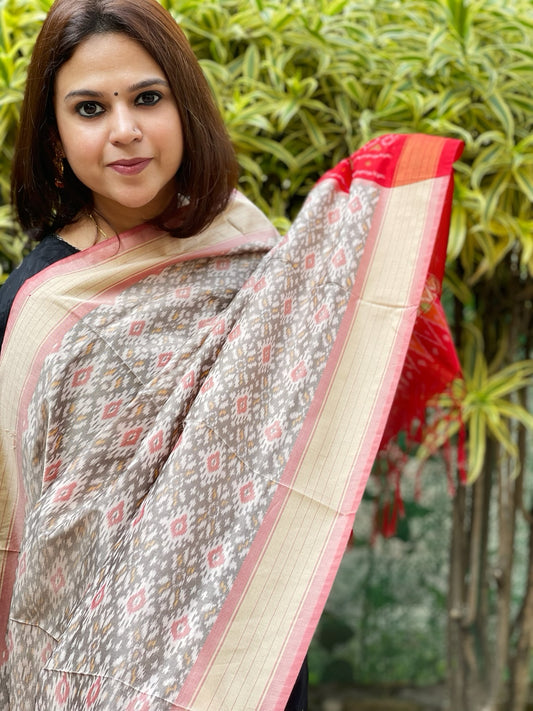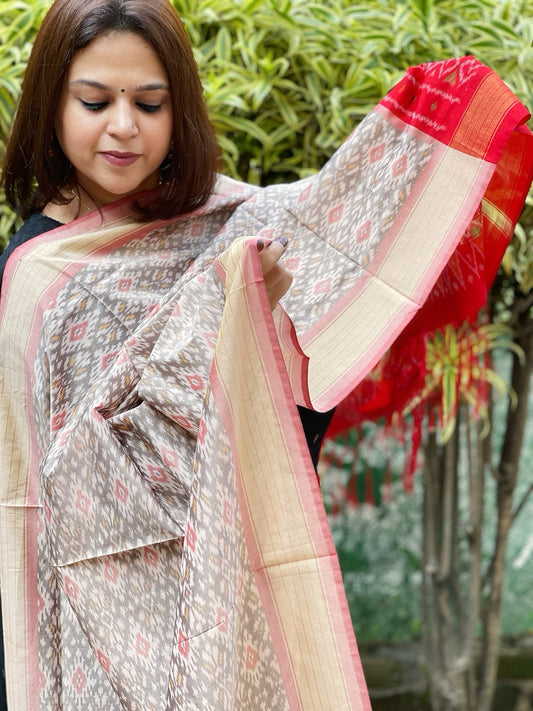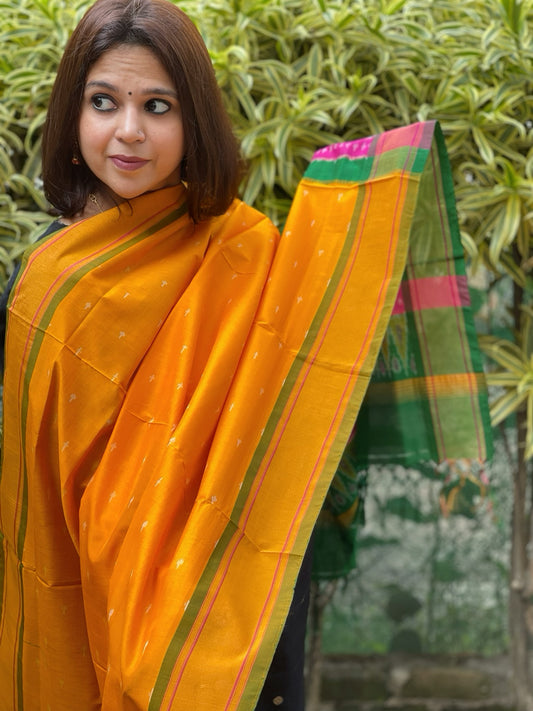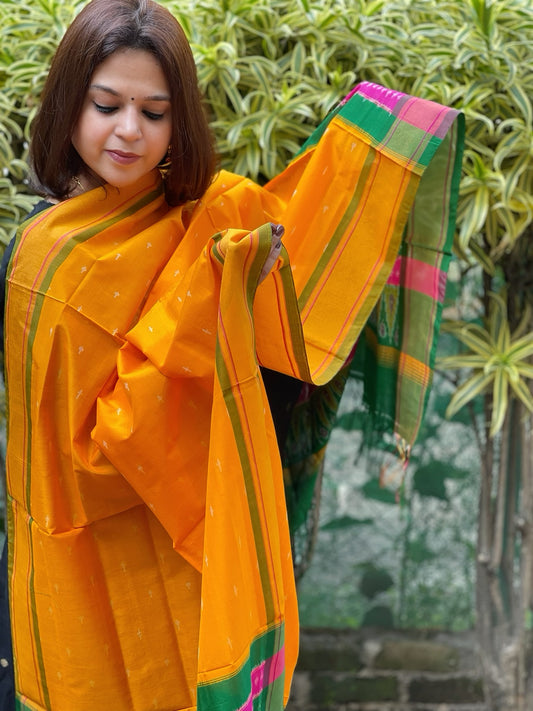Phulkari embroidery, a cherished art form from India, weaves stories into fabric with its vibrant threads and striking patterns. Each piece of Phulkari tells a tale of cultural richness and tradition, celebrated by generations for its unique beauty. Originating from Punjab, this craft is not just about colourful designs; it’s a reflection of heritage passed down with love and precision. The art of Phulkari serves as a canvas where motifs symbolise various aspects of life, community, and nature. In exploring these motifs, one uncovers the meaningful narratives they represent, deeply rooted in the cultural milieu of Punjab.
With handmade Phulkari gaining attention, understanding the symbolism behind these motifs adds depth to its appreciation. Whether it's the lush blooms or intricate geometric patterns, each design element has a story and significance that connect artisans and admirers alike. As people embrace this traditional artistry, it becomes vital to delve into what these symbols represent. From weddings to festivals, the motifs in Phulkari often hold deeper meanings, celebrating joyous occasions and honouring cultural heritage. The focus here is to illuminate these symbols, enriching your knowledge of Phulkari embroidery.
The Origins of Phulkari
Phulkari, translating to "flower work," aptly describes the floral delight seen in its threads. Rooted in Punjab, this craft dates back centuries and was first woven by women in rural communities. Passed through generations, Phulkari was initially crafted as a gesture of love, gifted during significant life events like marriages. Although it’s widely prevalent now, historical tales connect Phulkari's rise to cultural prominence to its creation during the Sikh Empire.
Punjab, known for its vibrant culture and traditions, serves as the perfect backdrop for Phulkari. Farmers’ wives would carefully craft these embroidered wonders, symbolising prosperity and affection. The craft's longevity is attributed to its adaptability; while ancient, it continues to echo modern sentiments like personal expression and cultural pride. As life evolved, Phulkari transitioned from being exclusively familial art to a grander scale, gracing festivals and social ceremonies across the region.
The Symbolism Behind Phulkari Motifs
Phulkari motifs are not just decorative elements; they are imbued with profound meanings and cultural expressions, making them more than mere threads on fabric. Here are some common motifs:
- Flowers: As implied by its name, Phulkari embraces blossoms in various forms. Representing prosperity, growth, and joy, these floral designs are central to the craft.
- Birds: Birds symbolise freedom and happiness. They often appear in Phulkari, depicting a connection with nature and divine blessings.
- Geometric Patterns: These designs echo order and balance, reflecting harmony in one's life. They underscore the careful nature of the craft.
During special occasions like weddings, these motifs gain double significance. A Phulkari with specific patterns could signify wealth or blessings for the couple. Similarly, motifs like peacocks, often seen at festivals, represent beauty and pride. These symbols bridge tradition and personal stories, delighting both old and new generations. Understanding these motifs enhances one's appreciation, providing insights into cultural narratives stitched into every Phulkari creation.
The Detailed Production Process
Crafting Phulkari is a remarkable journey from simple threads to vibrant artwork. Artisans often begin by choosing the right base fabric, traditionally khaddar, a versatile cotton blend, for its durability and ease of handling. The journey then unfolds with the selection of silk or cotton threads, ready to breathe life into the fabric. This phase marks the beginning of an intricate design story, aligned with the motif plans sketched by hand.
Each stitch, a simple darn stitch, builds layers of colour and design, skillfully blending creativity and precision. This process, though laborious, is fulfilling as it transforms fabric into a tapestry of colours and stories. Here’s a glimpse into what makes the crafting so special:
- Artisans spend hours steeped in focus and dedication, guiding each thread with care. Their hands move in rhythmic patterns, almost like painting with a needle.
- The time investment varies, taking anywhere from a few days to several months, depending on the complexity of the motifs.
- Imperfections may occur, often regarded not as flaws but as signatures of the handwoven effort, adding character and authenticity to each masterpiece.
Phulkari production is about patience and artistry, each step requiring a deep commitment to the art. The artisans who bring these creations to life give each Phulkari its distinct personality, making it truly one-of-a-kind. This dedication to practice and tradition captivates lovers of handmade crafts, ensuring the legacy of Phulkari continues to flourish.
The Role of Phulkari in Modern Wardrobes
Phulkari has gracefully stepped into the modern wardrobe, evolving with fashion while keeping its cultural essence intact. Its resurgence has sparked interest among contemporary designers, who appreciate its versatility and narrative depth. Here are some ways Phulkari has made its mark today:
- Traditional Meets Chic: Phulkari's vibrant colours and motifs add a touch of the extraordinary to everyday wear. Fashion-forward individuals embrace it in diverse styles, from dupattas that elevate simple suits to statement bags and clutches.
- Occasion Wear: Phulkari shines during special occasions, fitting perfectly with celebrations. The intricate designs complement festivities, making heirloom pieces memorable.
- Gift of Tradition: It's also a cherished choice for gifting, embodying cultural richness and personal significance. Many find it the perfect gift, sharing an appreciation of heritage with loved ones.
By incorporating Phulkari into modern attire, individuals maintain a connection with cultural roots while expressing personal style. Its adaptability, both traditional and contemporary, cements Phulkari's place in fashion, allowing it to thrive in wardrobes around the world.
Embracing the Tradition of Phulkari
Understanding Phulkari offers more than aesthetic pleasure; it invites one into a narrative rich with meaning and heritage. Each vibrant thread carries stories of community, joy, and family traditions. By exploring these timeless tales, one not only appreciates the craftsmanship but also connects deeply with a cultural legacy that transcends time.
Supporting Phulkari artisans nurtures this living tradition, ensuring their skills and stories are passed to future generations. Whether woven into garments or accessories, Phulkari speaks of a shared history that celebrates artistic dedication, cultural expression, and beauty. In cherishing Phulkari, individuals partake in a tapestry of tradition, adding value to their modern lifestyles while honouring the past.
To explore the vibrant beauty and rich stories that handmade Phulkari brings into your life, visit Masakalee's collection and find pieces that resonate with your unique style and heritage. Discover how the intricate artistry of Phulkari can elevate your wardrobe and become a cherished addition to your collection by checking out our handmade Phulkari selection.
